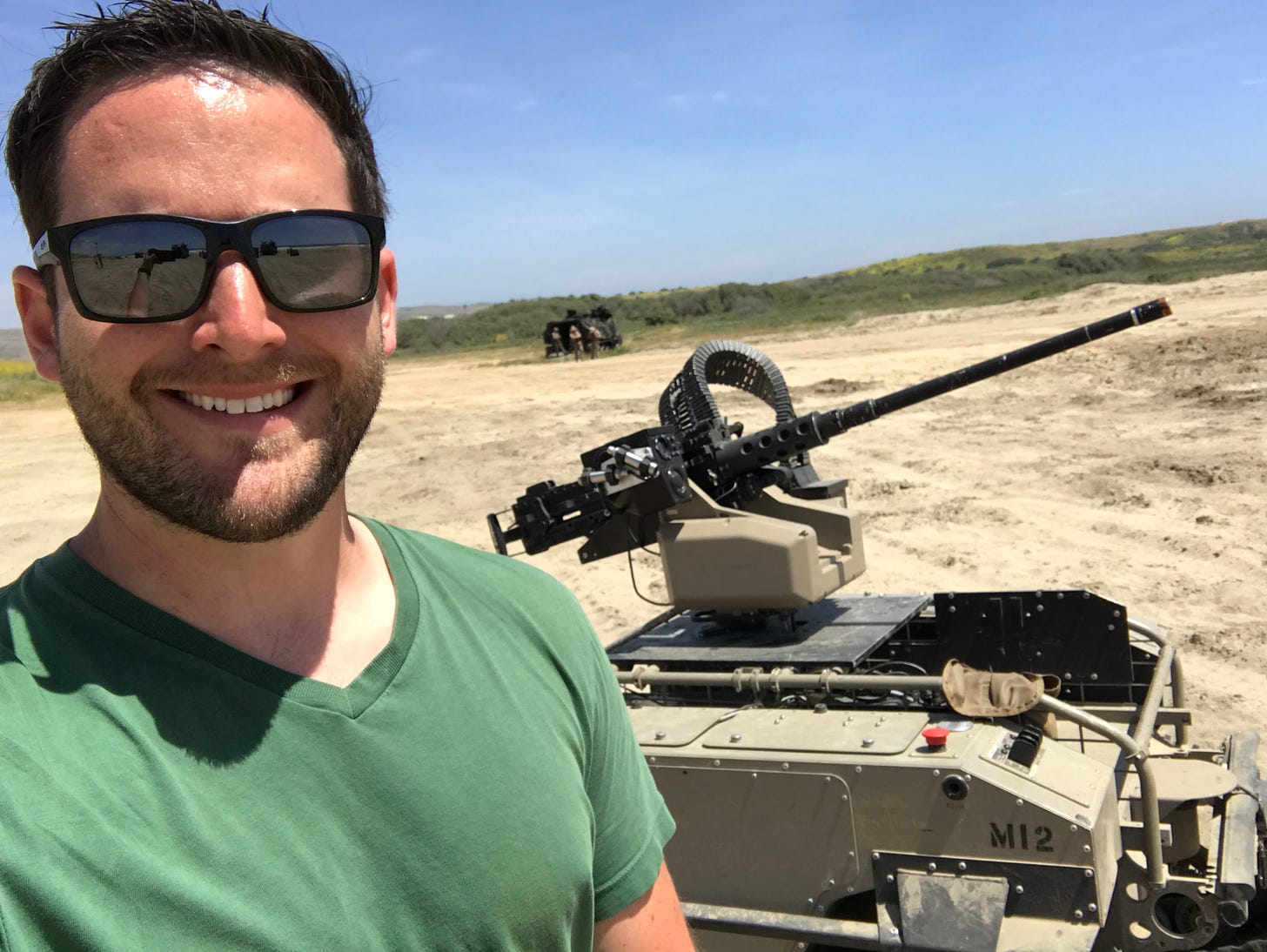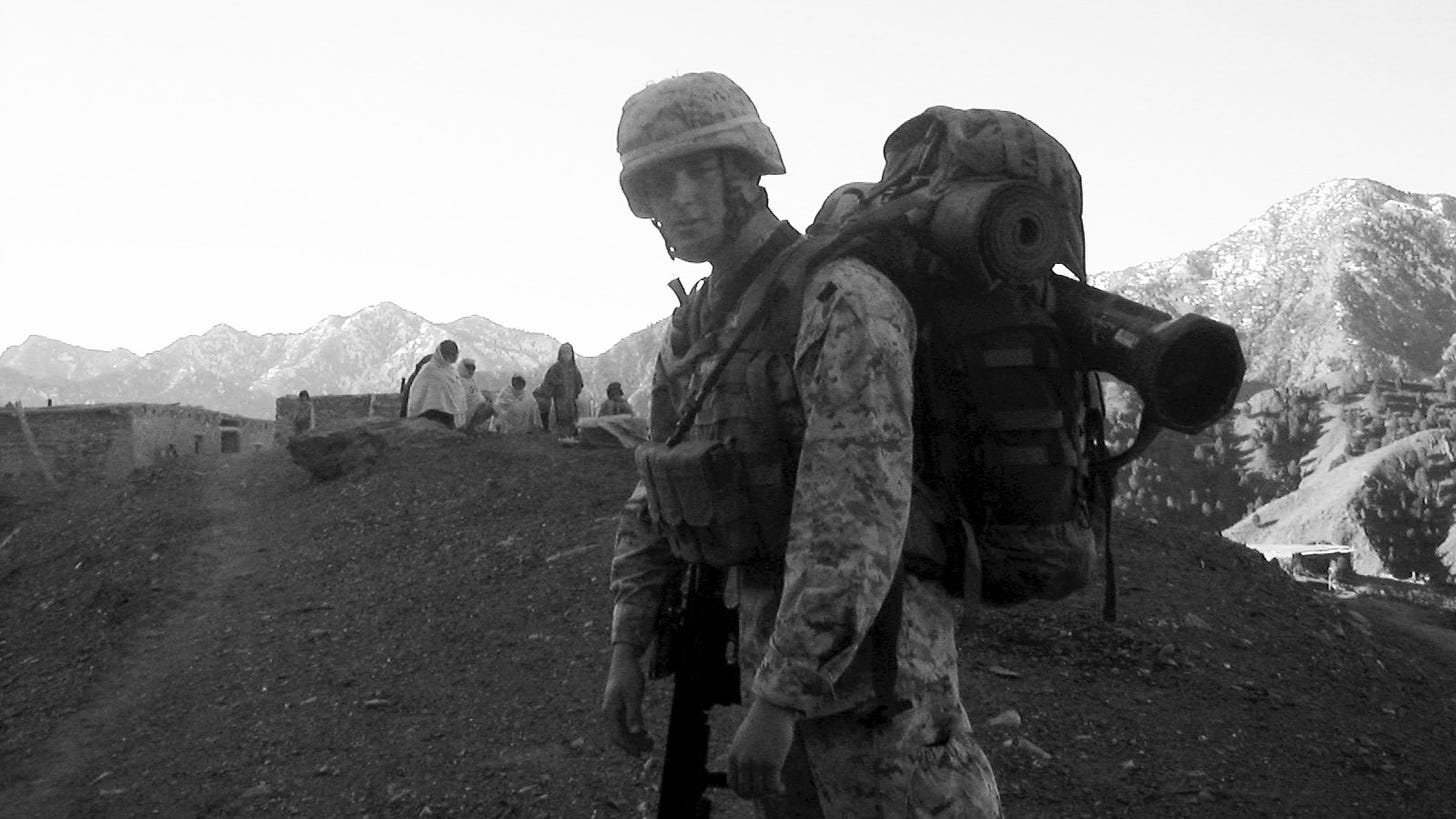It's so hard to make sense of everything happening in the national security world today.
U.S. troops and Pentagon leaders alike are keeping a close eye on China's recent threats against Taiwan. Ukraine is now fighting a war of attrition backed by billions of dollars in American firepower intended to weaken Russia one day at a time. And here in the United States, senior military leaders who rose through the ranks battling insurgents in Iraq and Afghanistan are now charged with preparing everyone from lance corporals to lieutenant colonels for a vastly different kind of conflict: a war between great powers in which Americans may fight and die in the frigid Arctic or the Pacific on remote islands most people can’t locate on a map.
Future wars will be different from those of the past. As Mick Ryan, a retired Australian Army major general, observes in War Transformed, “Warfare will employ a mix of old and new technologies—some ancient, and others almost magical in their technological sophistication.”
The U.S. military—long accustomed to having an enormous technological advantage over low-tech yet still-deadly insurgents—must now learn to fight on a more even playing field. Roadside bombs in Iraq and Afghanistan are less of a concern; these days, the Pentagon is considering a future war in which unstoppable missiles can take out strategic outposts in the Pacific and computer programs can find Navy ships and submarines anywhere on the planet using artificial intelligence. And as the war in Ukraine has demonstrated—drones, long-range weapons with pinpoint accuracy, hacking, and information warfare will pose challenges to American forces in future conflicts.
Maybe you already knew all this. But most Americans do not. Headlines touting inflation and our shared national anxiety over a troubled economy may have something to do with it. We need to pay our mortgages, put gas in the car, and take care of our families—what’s happening with the troops in the field or the generals in Washington is not exactly top of mind.
So the “civilian-military divide” continues to grow. And Americans are losing trust in their own military so dramatically that the future of the all-volunteer force is in doubt—all as the Pentagon faces a “consequential strategic competitor” in Beijing that is getting more aggressive and is more likely to oppose democracies, arm America’s enemies, and threaten global trade and stability.
Is it possible to keep up with it all?
Over the past two decades, I've been doing just that—starting as a U.S. Marine infantryman after 9/11, then as the military & defense editor at Business Insider, executive editor of We Are The Mighty, founder and editor of the influential military satire publication Duffel Blog, and most recently as editor-in-chief of Task & Purpose. But after four years of leading the incredible T&P newsroom as its top editor, I am returning to what I enjoy most—reporting and writing—to launch a new publication that goes beyond the daily military news cycle, examines the future of war, and helps all of us think more deeply about national security.
Welcome to The Ruck. I’m so thrilled you’re here.
Why you should sign up for The Ruck

The Ruck is devoted to unpacking the future of national security for everyone—written by me, Paul Szoldra, a military veteran and journalist who has covered national security for over a decade.
I first entered this world as a U.S. Marine infantryman, sleeping in the dirt and carrying a rucksack on patrol in forests, jungles, deserts, and mountains. After one such patrol in Afghanistan in 2005, I wrote to a high school friend: “This isn’t much of a war these days, and I have to ask myself all the time what the hell I’m doing here.”
That was before a truck in front of me exploded and jolted into the air, landing with both front tires trapped in a crater made by a bomb in the road no one had suspected was there. I came home, was made a combat instructor, and trained thousands of my fellow grunts on infantry tactics, patrolling, and marksmanship. The most important lesson was always left unsaid: just get home alive. Some of them did not.
National security leaders have a long history of being "100% right 0% of the time" about where U.S. troops may end up next in combat. But the U.S. military almost certainly isn’t prepared for the rise of China, advances in artificial intelligence, or the stunning proliferation of drones worldwide. It now struggles to convince a dwindling recruiting pool to sign up and replenish the ranks. And despite a Pentagon budget fast approaching $1 trillion—yes, $1 trillion in taxpayer dollars—service members have computers and software that often don’t work, aircraft overhead designed with the utmost inefficiency the federal government can buy, and leaders who can’t protect them from mold or military-grade poison.
Here at The Ruck, I plan to explain these topics, provide vital insight from my network, and present original analysis and reporting on the U.S. military's role now and in the future. My goal: Unpack the future of national security with clarity, skepticism, and wit—free of confusing jargon, unchallenged government talking points, military acronyms, scare-mongering, aggravating ads, or clickbait—delivered straight to your inbox each week.
Subscribers to The Ruck will receive my original reporting and analysis every Thursday.
But to get the full experience—coverage of events as they happen, weekly issues with extra reporting you won't find anywhere else, access to exclusive comment threads, and more—I ask that you support my work by contributing $7 per month or $75 per year as a Ruck Insider.
Since this is an independent publication, I answer only to readers. I hope we can create a community for learning, exchanging ideas, and discussing the triumphs and trials of national security. And hopefully, we can avoid that future war altogether.
Thanks for reading,
👉🏻 Please send your tips, questions, and comments to paulszoldra@protonmail.com. And if you know someone who might like The Ruck, consider forwarding this email or sharing it on social media. It would mean the world to me. Thank you!




